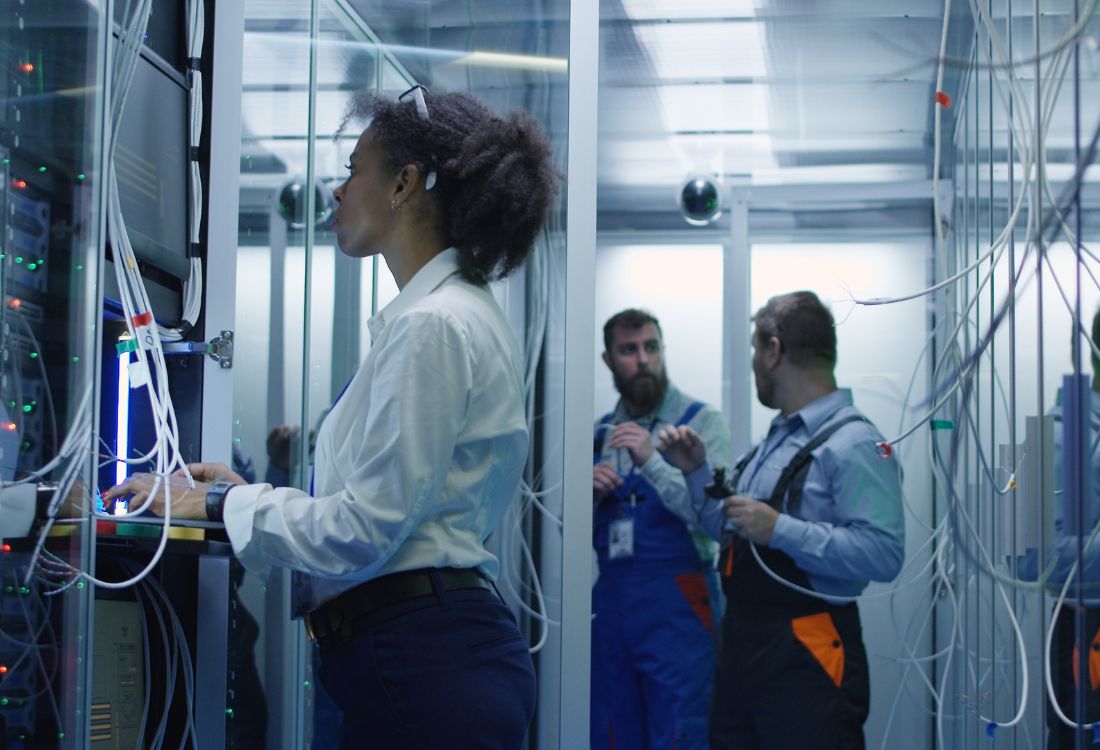
Unveiling The Components Of Structured Cabling: All You Need To Know
ireless connectivity is such an integral part of modern work life that it is easy to forget that hidden behind walls, ceilings, and conduits is an intricate maze of cables that underpins how your team communicates within and beyond your building. Referred to as structured cabling, this systematic network of cables provides universal connectivity to devices, workstations, and other key infrastructure, enabling a reliable data flow within digital workplaces.
What Are The Six Components Of Structured Cabling?
1. Horizontal Cabling
The horizontal cabling subsystem connects individual work areas and intermediate distribution points. Typically, these cables run through conduits, under floors, or behind ceilings and walls to form the primary pathway by which devices access network resources. Horizontal cabling runs can extend for some distance, often up to 90 meters, connecting users’ workstations and wireless access points (APs) to centralized hubs.
2. Vertical Cabling
Also referred to as backbone cabling, vertical cables provide main transmission paths to allow different floors or segments of buildings to connect to centralized hubs housing network equipment. Vertical cabling carries aggregated flows of building-wide communications traffic for routing to destination points.
3. Transposition And Telecommunications Enclosure
The transposition and telecommunications enclosure is a consolidation point where horizontal and vertical cabling meet. Housing equipment such as patch panels, switches, and punch-down blocks, it allows horizontal cables from work areas to terminate and allow connections with vertical backbone cabling. The enclosure enables localized troubleshooting while maintaining data security.
4. Work Area
The work area refers to the user end of horizontal cables: the workstations, wireless access points, IP phones, devices, or wall outlets that are supported. Work areas are the frontline delivery points which enable end-user connectivity via horizontal cabling into the networked resources.
5.The Main Equipment Room
Also known as the main distribution frame, the main equipment room houses the primary data infrastructure, such as servers, switches, routers and other critical systems. Maintaining and securing this sensitive equipment requires extensive cooling, backup power, and user access control.
6. Entrance Facilities
Finally, entrance facilities constitute demarcation points to allow external telecoms and internet services to enter a building. Consisting of connections to telephone lines, cable providers, and managed service lines, entrance facilities transmit external communications across in-building networks.
These structural cabling components collectively work together to enable seamless wired and wireless connectivity within modern workspaces.
Find Out More
If you would like to optimise your structured cabling system for enhanced performance and reduced downtime, please get in touch with the experts at Orion US today.
Image Source: Canva

